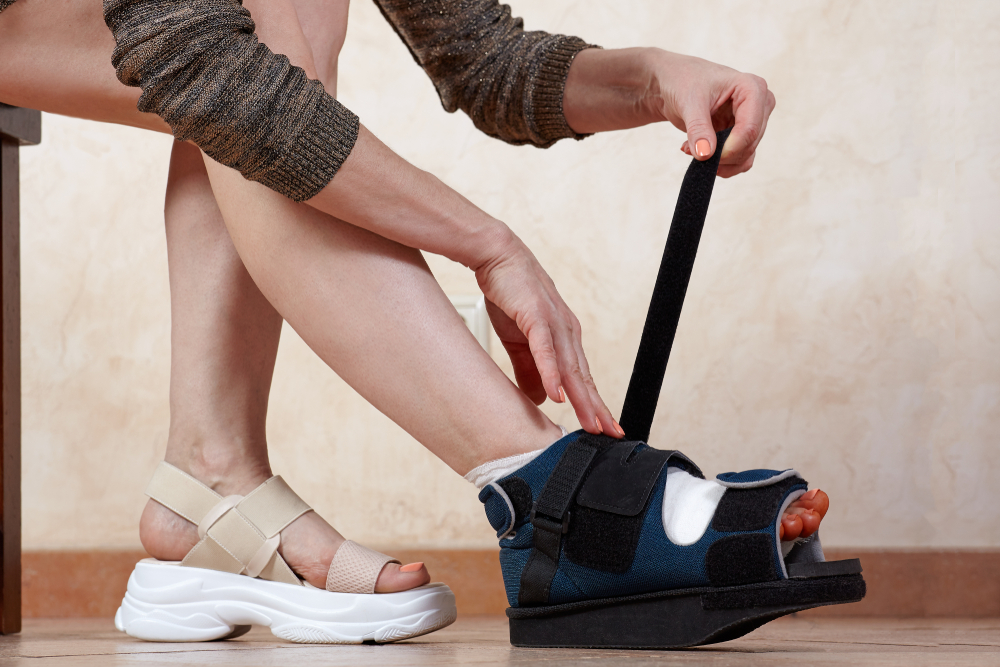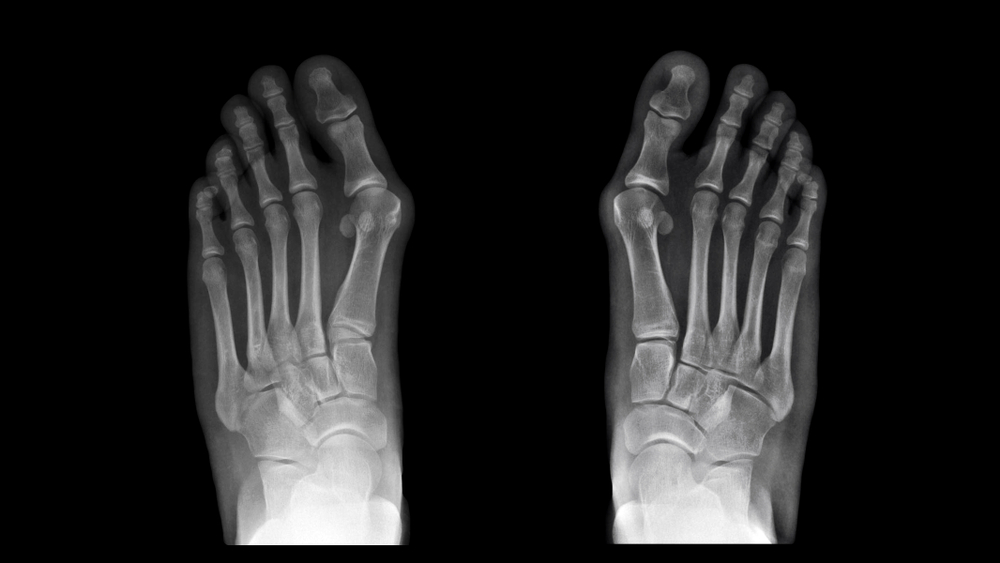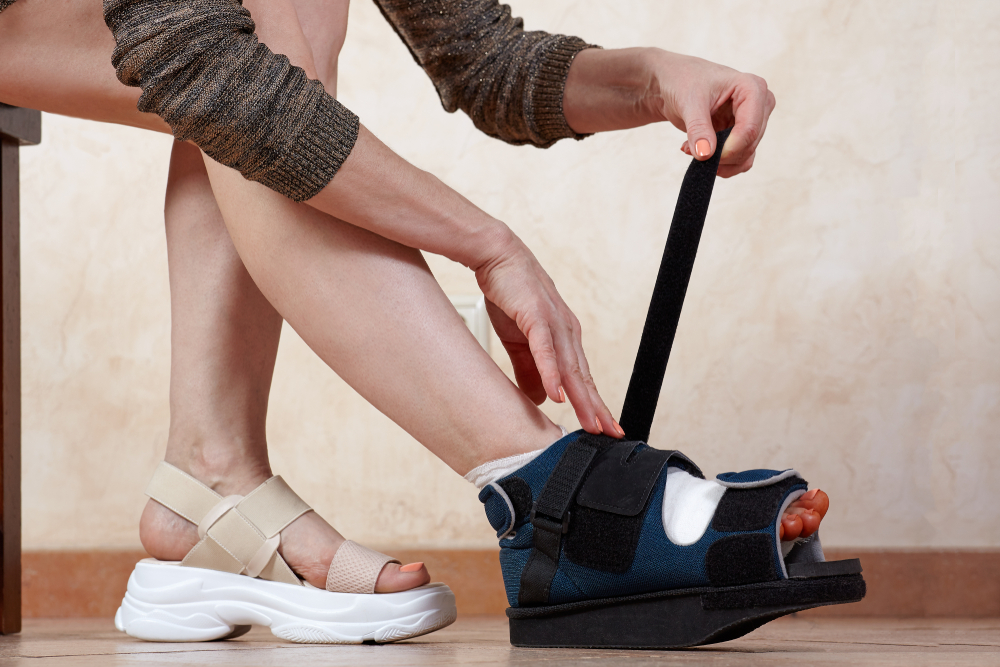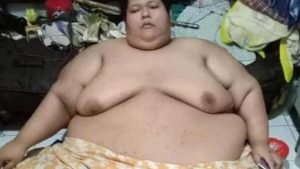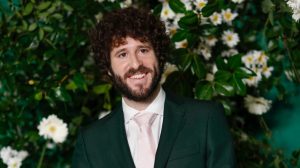Bunions, or hallux valgus, are a common foot deformity. In the third and last part our 3-part series with Dr Tan Ken Jin, Orthopaedic surgeon of Orthosports, Mt Elizabeth Novena Hospital, we detail minimally invasive bunion surgery, from the surgery procedure to the process of recovery. If you have bunions, consult with a doctor to understand more about treatment options for your specific condition.
PSA: Medical Channel Asia (MCA) is now on Telegram! Join us here https://t.me/MedicalChannelAsia for daily reads and the latest updates at your fingertips!
Minimally invasive bunion surgery
Pre-operative assessment
Before deciding on minimally invasive bunion surgery, assessment has to be made. Firstly, the bunion is examined physically to check the severity and the range of motion of the big toe, explained Dr Tan. “If we are taking the process one step further, we will then do some x-rays with the person standing on both feet so that we can have a good, accurate assessment and measure the bunion angles.” This is because minimally invasive surgery is only suitable for mild to moderate bunion conditions. For more severe conditions or those with other concurrent issues, open surgery may be needed to correct the issues.
How the surgery works
In minimally invasive bunion surgery, a tiny, specialized beaver blade is first used to make keyholes over the inner side of the foot. “Once the keyhole is made, then because the keyhole is very small and you cannot see, or touch the bone, or feel the bone well,” says Dr Tan, “typically we will need to use an x-ray to guide the surgery.” Thereafter, a specialized surgical burr is used to make fine cuts into the bone. The bone is shifted to realign and correct the bunion. Small titanium pins are then used to hold the bone in the new alignment. “This procedure typically takes about 45 minutes for each foot,” he says.
Difference between minimally invasive and open bunion surgery
Minimally invasive, as the name suggests, corrects the bunion problem with as little intervention as possible.
“So in an open bunion surgery, typically what is done is your surgeon, or the surgeon will need to make a fairly long open incision over the inner side of the foot where the bunion is.” explained Dr Tan. The exposed bone and bunion will be cut as needed with a power tool such as the surgical saw.
Minimally invasive bunion surgery uses a small blade to make a few small incisions instead of one long one. “Each little keyhole is specially made for a specific purpose rather than one large incision,” says Dr Tan. The surgical burr fits into the small incisions to make fine cuts, as the surgical saw is unable to fit into the incisions.
Some benefits of minimally invasive surgery include:
- Shorter recovery time
- Less pain during the recovery process
- Minimal scarring due to the small incisions
Bunion surgery recovery process
Typical recovery milestones
For those who are worried about a long downtime – it is a much smaller concern with minimally invasive bunion surgery. Firstly, the surgery can be done as a day surgery, or it can be done with a one-night stay, explained Dr Tan. “Usually, there’s minimal post-operative pain, and you may need to just take painkillers for maybe three to five days.” This is due to the less traumatic nature of the surgery versus the traditional open bunion surgery.
A post-operative bunion sandal is worn for about four weeks. They are designed to accommodate dressings and shaped to reduce pressure from the front of the foot while one walks. This helps to reduce pain and improve healing. A session of physiotherapy in the hospital can help patients adjust to walking with their bunion sandal after surgery. An x-ray evaluation after four weeks determines if the bones are setting well, and if so there would be no more need to wear the sandals, says Dr Tan.
By the second month, most people will resume non-impact sports. “This can be things like swimming, using a stationary bicycle, going to the gym for some resistance training, yoga and Pilates.” says Dr Tan. As for footwear in this period, Dr Tan advises wearing comfortable cushioned footwear or open, cushioned slippers or sandals. “This is because there’s still a little bit of swelling in the second month.”
This eases up in the third month – “Usually people’s swelling in the feet begins to resolve quite dramatically,” says Dr Tan, “and they can start wearing whatever shoes that they find comfortable including some low heels.” However, if you are looking to go for long runs and other high-impact activities, it may take a little longer, cautioned Dr Tan. The doctor will recommend a timeline specific to your needs and recovery process.
Surgical complications
“Generally, minimally invasive bunion surgery, when done by an experienced doctor, is very low risk.” says Dr Tan. There are some small risk of wound healing issues, such as bleeding and infection. Dr Tan is quick to reassure, “This is very much less for minimally invasive bunion surgery, being keyhole surgery.”
For patients who are older with poorer bone density; and in patients with very severe bunions, there is a risk of the bones losing alignment after the surgery. “This is another reason why we encourage people to consider correcting their bunions before they are too severe.” says Dr Tan. As mentioned, if the bunion foot deformity had progressed too far, open surgery may be necessary to correct it adequately.
Can bunions come back after surgery?
While it is not impossible for the bunion to recur after surgery, it is heartening to hear that when corrected well, the bunion never truly recurs to the point that one may need to do another surgery for the majority of patients.
Sometimes, the bunions may recur due to operative reasons such as under or overcorrection, or when the bones heal out of position. Bunion surgery is a technically challenging procedure – “minimally invasive bunion surgery has a steep learning curve…the surgeon actually needs to do quite a number of cases before he becomes adept at doing the surgery.” says Dr Tan.
If you are suffering from bunions, seek out an orthopaedic surgeon who is skilled and experienced at bunion surgery and consult with them to ensure the best outcomes for your surgery.
–
Read others in our Bunions series with Dr Tan Ken Jin!




